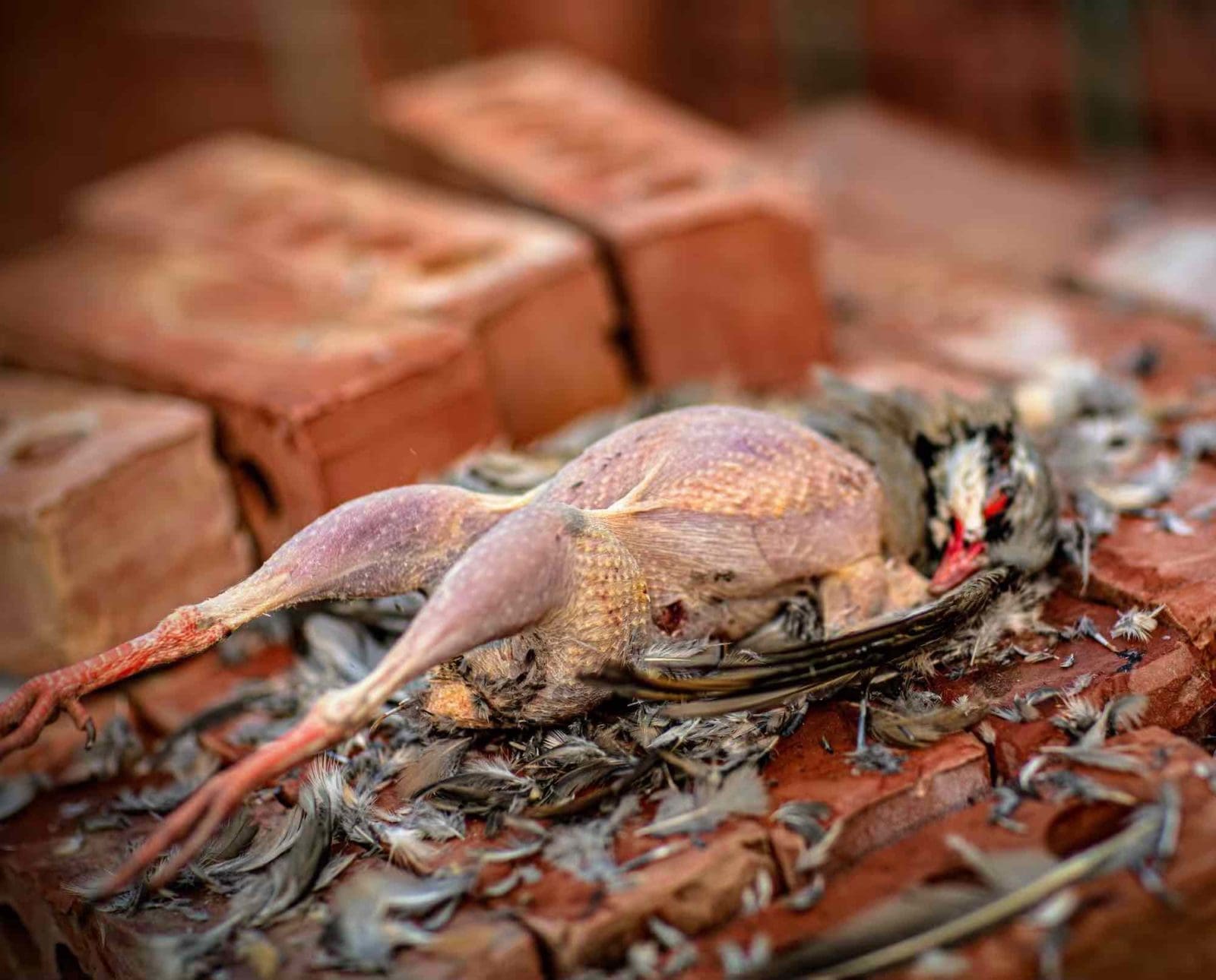Home » Small Game Cooking » Chukar Meat Guide: Nutrition, Cooking Tips, and Handling
Chukar Meat Guide: Nutrition, Cooking Tips, and Handling

Jack Hennessy grew up in the South Suburbs of Chicago…
Chukar meat makes fine table fare, especially when it is seasoned with hard work and memories from the hunt
Chukar is one of the few birds you’ll burn far more calories chasing than you’ll ever gain eating. I hunted them for several years near the Lower Grande Ronde River while living in Spokane, Washington. I could describe them in one word: wily. My friend Mike Painter with Barnes Bullets is a big chukar chaser and he likes to tell stories of hunting them with his German Shorthaired Pointer in Utah, tracking them up a ridge only to get to the top and watch them fly down to the bottom, then having to start all over again. It’s “transformative” versus “good” cardio, as Bob McMichael pointed out in his article on “Three Reasons to Try Chukar Hunting.” But they’re so worth it.
General nutrition
(Based on serving of 100g or 3.5 oz.)
163 calories
28 grams protein
1.1 grams fat
Chukar meat overview
Despite their active lifestyle that might imbue other game with distinct earthy tones—some might call this “gamey” though I don’t like that word—these birds are indeed tasty.
Flavor profile
Chukar comes from the same bird family as pheasant—the Phasianidae family—and is a partridge. The meat has a mild flavor, with your wild birds having subtle but potentially noticeable wilder flavor notes depending on diet (as opposed to pen-raised birds fed a consistent, commercial diet)
Yields
The average chukar will weigh just about a pound, give or take. I’ve found that once they are deboned I generally get about 7-10 ounces of meat.
General methods for cooking chukar
I recommend that all cuts or whole chukars be brined to retain moisture. Ahead of brining, I also often age chukars for 4-5 days in my storm shelter. Sometimes I age them for as long as a week, depending on the season. Generally speaking, if it’s cool enough to run my dog, it’s cool enough in my shelter to age these birds. Aging birds does concentrate flavor and make a difference!
Breasts
Chukar breast meat is best served at or just slightly above 160 degrees Fahrenheit internal temperature.
Wings, legs, and thighs
Perhaps more so than most other wild birds, chukar legs contain a good deal of collagen thanks to their active runner-like lifestyle. This collagen will toughen prior to tenderizing as you cook it. Using low-and-slow cooking methods, the collagen will eventually break down and turn to gelatin, which allows the meat to tenderize and increases the moisture. The final internal temperature at this point is likely between 180 and 190 degrees.
I have also spatchcocked and grilled chukars with great success—the key is finishing them off with indirect heat, breast-side up. This works because, when spatchcocked, the underside of the breasts is simply bone and won’t burn when exposed to extra heat after the breasts are done cooking. There is also the method of using a poultry roaster or seltzer can to help the legs reach 180 degrees before breasts hit 160 degrees.
Tenderloin
Tucked behind the breast, the tenderloin is a separate, tender strip of meat with different muscle striations than the breast meat. It also has a small, thin tendon running through the muscle. Tenderloins are very small on chukars and, while you can indeed separate and cook them, I usually don’t bother. My preferred method is to grill or roast the whole bird, so there’s that.
Giblets (gizzard, liver, neck, and heart)
Giblets are very small on these birds but are edible and, as with all upland birds, very tasty.
Gizzard: While the texture is different than other muscles, gizzards still offer rich flavor. Hank Shaw offers great advice on how to clean a gizzard but the most important step is to first cut open the gizzard and wash out the grit in a large bowl with lukewarm water. Do this carefully and preferably not in your sink; dump the grit water in your backyard and don’t let it go down your sink drain.
From there, start trimming until you are left only with ruby-red meat. Use a good fillet knife to trim off the silver skin and the thick grinding plate. If the trimming is difficult, you may find that freezing the gizzard for an hour or so can help.
Liver: The liver is small but the more you have, the more preparation options you have. You can throw them through flour and fry for small, popcorn-like livers or smoke them as a well-deserved treat for the pups.
Heart: Also very small. A quick roll through a hot, oiled skillet with a tiny pinch of salt makes a tasty treat while you wait for the rest of the bird to cook.
Neck: I never save the neck from chukars as very little meat exists. You could be adventurous and experiment with these, but I personally have not.
Enjoy! As always, reach out to me on Instagram (@WildGameJack) with any questions or comments, and be sure to check out my wild game recipes and cooking instructions here.
Jack Hennessy grew up in the South Suburbs of Chicago and didn't start hunting until he attended graduate school in Spokane, Washington, at the age of 26. Hennessy began work in professional kitchens in high school but didn't start writing wild game recipes until he joined the Spokesman-Review in 2014. Since then, his recipes have appeared with Petersen's Hunting, Backcountry Journal, Gun Dog Magazine, among many others. He now lives with his wife, daughter, and Wirehaired Vizsla, Dudley, in Wichita, Kansas.





always feed the head, neck, organs and feet to the dogs – they like them better than me